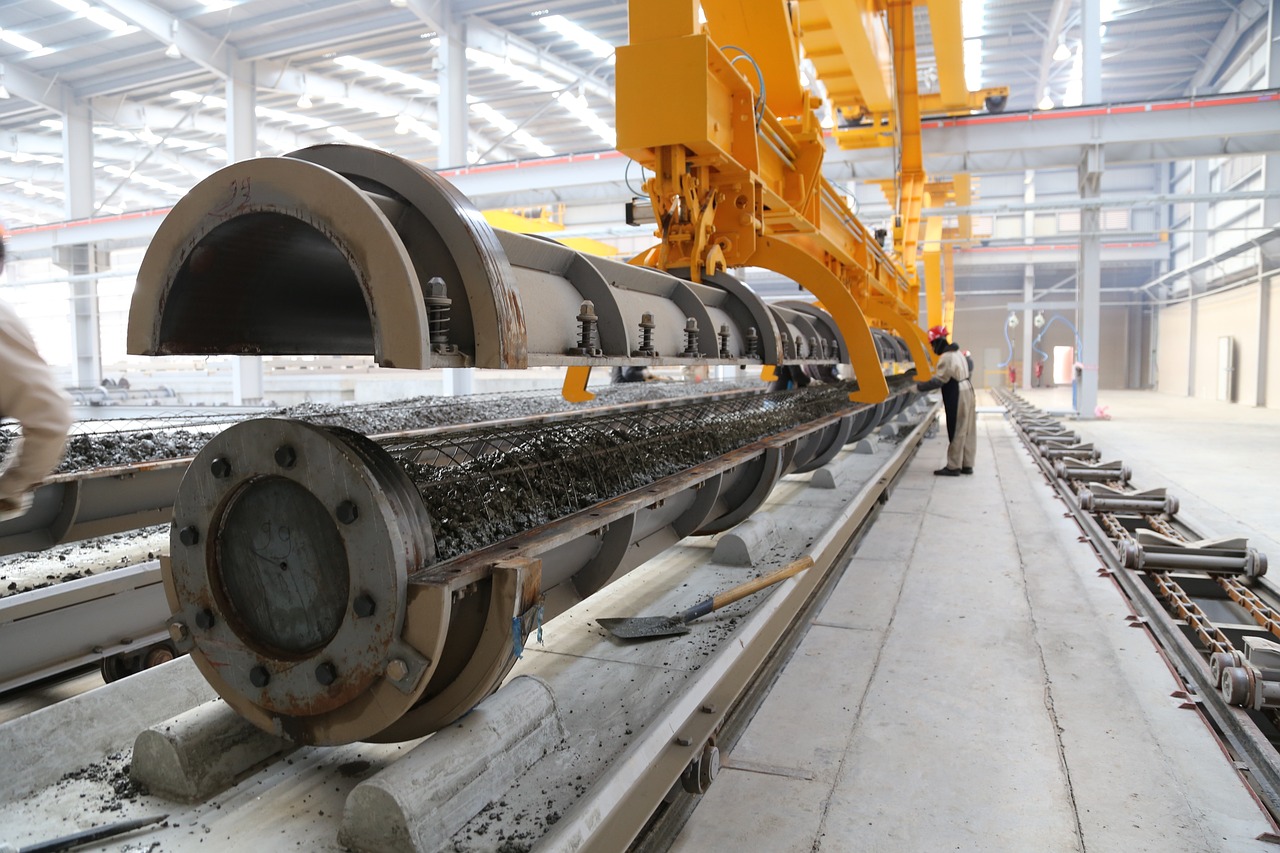Table of Contents
Industry is always looking for methods to increase productivity and encourage creativity. In order to build more resilient, flexible, and sustainable industrial operations, a revolution is taking place that is integrating cutting-edge technologies and changing conventional practices.
Harnessing Automation for Peak Performance
Automation is essential to improving performance in today&8217;s industrial environment. Industries can increase speed and accuracy while lowering operational costs and human error by simplifying repetitive tasks. Routine tasks are replaced by robotics and automated systems, allowing human workers to concentrate on more intricate and imaginative tasks that call for critical thinking and problem-solving skills. Additionally, automation guarantees a constant output quality, which is necessary to keep competitive advantages in markets that are changing quickly. Robots are used by businesses like automakers to assemble parts, guaranteeing that every component is expertly made. With software managing inventory, logistics, and customer relationship management, automation also extends to administrative duties, freeing up staff members to focus on strategic projects rather than laborious paperwork.
Advancing Material Science for Better Products
Industrial advancements are greatly aided by advances in material science. In order to produce goods that are more robust, lightweight, and environmentally friendly, engineers and researchers are always experimenting with novel materials and inventive compositions. The advent of sophisticated composites and nanomaterials, for example, creates new opportunities for industrial uses. These materials contribute to energy savings, weight reduction, and improved product performance and durability. In sectors like aerospace and automotive, where weight reduction results in fuel efficiency and lower emissions, this is particularly crucial. Sustainable materials, like recycled metals or biodegradable plastics, also demonstrate a growing dedication to environmental stewardship. Businesses can create high-quality goods while reducing their environmental impact as these materials are used more frequently.
Integrating Artificial Intelligence for Smart Operations
Industries are changing as a result of artificial intelligence (AI), which makes operations and decision-making more intelligent. AI-driven analytics and machine learning algorithms assist industries in forecasting trends, streamlining supply chains, and increasing productivity at every stage of operations. For instance, AI-powered predictive maintenance enables businesses to anticipate possible equipment failures and take appropriate action before they result in expensive downtime. AI also makes it easier to analyze data in real time, giving managers useful information that helps them make decisions quickly. AI improves production in manufacturing by dynamically modifying procedures in response to machine performance and output quality. AI-driven systems can also alter product configurations and designs to suit particular client requirements, producing individualized solutions and raising customer satisfaction.
Embracing Renewable Energy for Future Sustainability
Renewable energy sources are being embraced by industries more and more in an effort to lower their carbon footprint and guarantee long-term sustainability. Hydroelectric, wind, and solar energy are increasingly popular options for supplying energy to industrial processes. The need to fight climate change and the growing expense of traditional energy sources are the main drivers of the transition to renewable energy. Businesses that place wind turbines on vacant land or solar panels on factory roofs make major contributions to sustainability and energy independence. To further cut down on energy use, energy-saving techniques like LED lighting and sophisticated heating systems are also used. Government incentives and policies also push industries to switch to more environmentally friendly energy sources, balancing financial gains with environmental stewardship. This significant change improves an industry&8217;s corporate image while also lessening its ecological impact.

Leveraging the Internet of Things (IoT)
Unmatched communication and coordination are made possible by the Internet of Things (IoT), which links systems and devices in industrial operations. IoT-enabled sensors facilitate smooth monitoring and control by gathering and sharing real-time data across production lines. Manufacturing processes become more responsive and efficient as a result of this connectivity. For instance, IoT devices in a smart factory track the performance of the machinery, identify irregularities, and promptly initiate maintenance procedures to avoid interruptions and extend the life of the equipment. IoT technology is also revolutionizing inventory management by enabling automatic supply restocking and tracking. IoT integration throughout supply chains guarantees production, warehousing, and distribution synchronization, reducing delays and improving logistics. This interdependent ecosystem reduces waste, increases overall productivity, and helps industries quickly adjust to changes in the market.
Cultivating a Culture of Continuous Innovation
A culture that values ongoing innovation is at the core of the industrial revolution. Promoting experimentation and creativity among employees creates an atmosphere where fresh concepts thrive. To investigate cutting-edge technologies and innovative solutions to current problems, industries spend money on research and development (R&D). Innovation is fueled by departmental collaboration as well as external partnerships with tech companies and academic institutions. Adopting agile approaches also enables industries to test and refine concepts quickly without putting a lot of resources at risk. Upskilling staff members to ensure they have the know-how to use cutting-edge technologies efficiently is another aspect of this culture of continuous improvement. Industries can preserve their competitive edge and adjust to the constantly shifting economic environment by placing a high priority on innovation.
